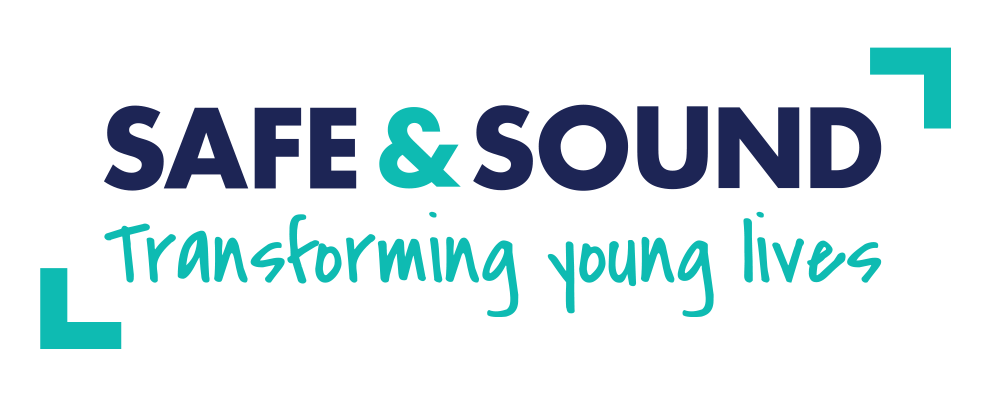By Tracy Harrison, CEO of Safe and Sound – Derbyshire’s leading charity that supports and protects children, young people and families whose lives have been affected by child exploitation.
With ongoing news headlines about individuals abusing their positions of trust to carry out heinous crimes, it is more important than ever for companies and organisations to review and update their safer recruitment procedures.
Sadly a day rarely goes by without us reading or hearing about men and women grooming, abusing and exploiting the very people they should be supporting and protecting – whether that is police officers, sports coaches, teachers Scout leaders or the clergy.
These perpetrators are intent on gaining access to their victims – particularly to children and vulnerable adults – and are skilled at covering their tracks to gain and maintain employment or volunteering posts.
The key is the adoption of safer recruitment which is a set of practices to help make sure an organisation’s staff and volunteers are suitable to work with children and young people.
It’s a vital part of creating a safe and positive environment and making a commitment to keep children and vulnerable adults safe from harm.
Safer recruitment is based a number of key principles:
- Deterringunsuitable applicants from applying – ensuring potential applicants are given a clear message about the organisation’s commitment to recruit suitable people.
- Rejectingunsuitable applicants at the selection stage and thorough pre-appointment checks.
- Preventing any opportunities to abuse children and young people once appointed.
- Detecting and responding to any concerns about an individual once appointed.
The following are examples of good practice that organisations should follow:
- Advertising posts: Your organisation’s commitment to safeguarding and promoting the welfare of children should be clearly stated in any information provided to candidates. Any advert / information provided to candidates should also state if the role is subject to DBS and Barred List Checks.
- Job Description/Person Specification/Role Profile: The roles and responsibilities relating to safeguarding should be clearly stated in any job description / role profile.
- Application Form: Wherever possible an application form should be used rather than accepting CVs and a simplified version can be used for volunteer posts.
- References: References just be taken to obtain information to support appointment decisions. Where possible a reference should be obtained from the current employer and/or the last employer where the applicant worked with children or service user that they will potentially be working with in your organisation. Gaps in employment should also be explored.
- Selection: Organisations should use selection process (including interviews) to explore, not only the skills but also the motivation for working with children and young people.
- Pre-appointment checks: These will include identity checks, right to work in the UK, and professional qualifications and registration / regulations appropriate to the post. This may also include health checks.
- Training: Recruiters should, where possible, undertake safer recruitment training and it is best practice to ensure that at least one member of any interviewing panel should have completed safer recruitment training.
For support and guidance on safeguarding and safer recruitment procedures, please contact Tracy Harrison at Safe and Sound www.safeandsound.org.uk

